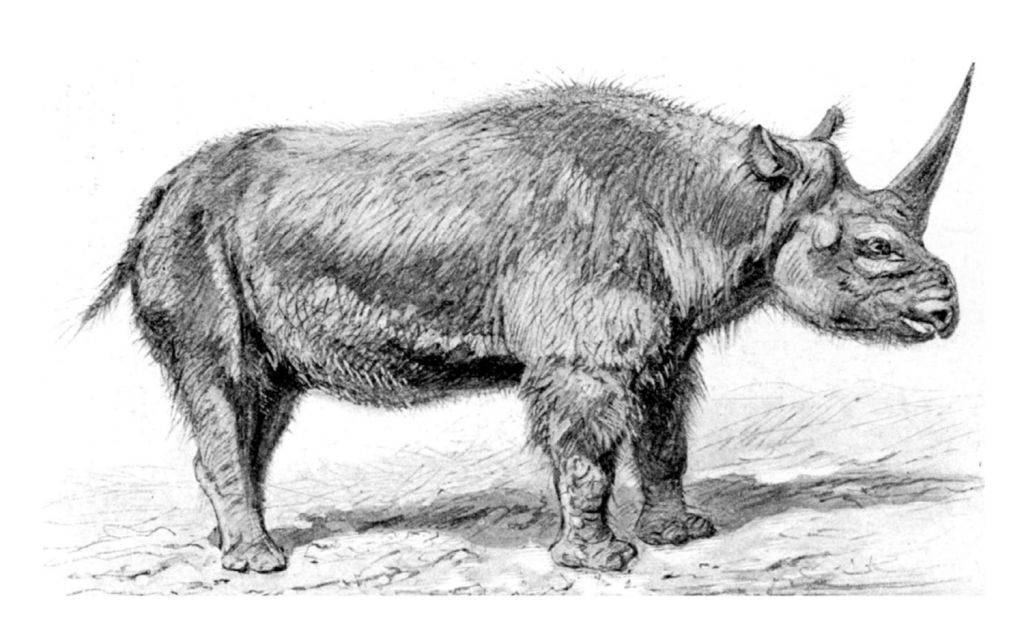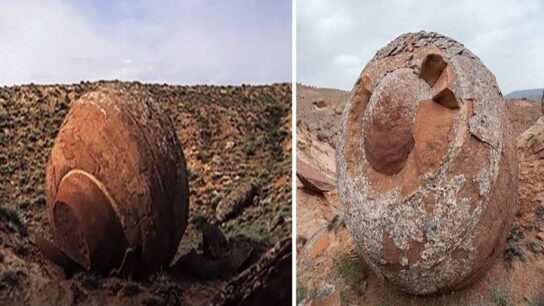When the last “Siberian unicorn” lived on earth is revealed through a fossilized skull
A Fossilised Skull Has Revealed When The Last ‘Siberian Unicorn’ Lived on Earth The unicorn first emerged nearly 2.5 million years ago but is believed to have disappeared 350,000 years ago.
However, researchers from Tomsk State University in Siberia, Russia, now believe that Elasmotherium Sibiricum may have been around as recently as 29,000 years ago.
“Most likely, it was a very large male of very large individual age. The dimensions of this rhino are the biggest of those described in the literature, and the proportions are typical,” said Andrey Shpanski, a paleontologist at Tomsk State University.
The researchers are still trying to find out how the unicorn survived longer than other species that became extinct hundreds of thousands of years earlier.

According to early descriptions, the Siberian unicorn stood at roughly 2 meters (6.6 feet) tall, was 4.5 meters (14.7 feet) long, and weighed about 4 tonnes.
That’s closer to woolly mammoth-sized than horse-sized. Despite its very impressive stature, the unicorn probably was a grazer that ate mostly grass.
So, if you want a correct image in your head, think of a fuzzy rhinoceros with one long, slender horn protruding from its face instead of a short, stubby one like today’s rhinos.
The skull, which was remarkably well-preserved, was found in the Pavlodar region of Kazakhstan. Researchers from Tomsk State University were able to date it to around 29,000 years ago via radiocarbon dating techniques.
A Skeleton of the rhino at the Stavropol Museum Based on the size and condition of the skull, it was likely a very old male, they suggest, but how it actually died remains unknown.
The question on researchers’ minds is how this unicorn lasted so much longer than those that died out hundreds of thousands of years earlier.

“Most likely, the south of Western Siberia was a refúgium, where this rhino persevered the longest in comparison with the rest of its range,” said one of the team, Andrey Shpanski.
“There is another possibility that it could migrate and dwell for a while in the more southern areas.”
The team hopes that the find will help them better understand how environmental factors played a role in the creature’s extinction since it seems like some may have lasted a lot longer than previously thought by migrating across great distances.
Knowing how the species survived for so long, and potentially what wiped it out in the end, could allow us to make more informed choices about the future of our own species, as we find ourselves in a rather perilous situation.




